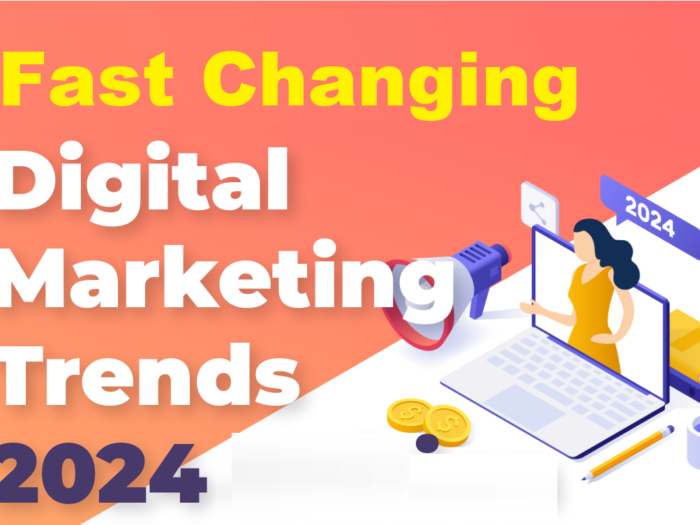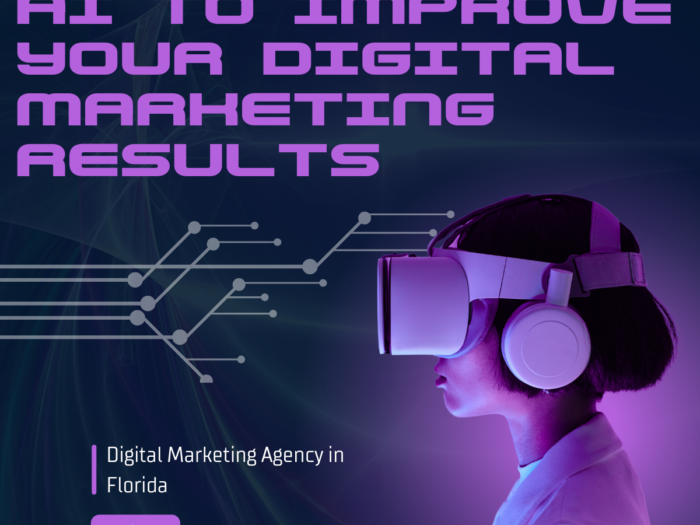Have you noticed how quickly the digital marketing industry is evolving? Every few months, new technologies and strategies emerge, changing the way businesses connect with their audiences. Staying updated with these changes is crucial for maintaining a competitive edge. In 2024, several transformative trends are impacting the future of digital marketing. These trends bring fresh opportunities with new challenges. Whether you’re an experienced marketer or just getting started, understanding these trends can help you navigate the complex digital space and leverage the latest innovations to your advantage. Let’s explore these exciting digital marketing trends and how they can enhance your strategies.
Latest Trends Of Digital Marketing Technology In 2024
Enhanced AI and Machine Learning Capabilities
Artificial Intelligence (AI) and machine learning are no longer futuristic concepts but integral to modern marketing strategies. In 2024, AI is driving personalized customer experiences, automating tasks, and providing valuable insights through data analysis.
Hyper-Personalization: AI allows advertisers to create highly personalized content for their audience. By examining customer behavior and preferences, AI algorithms can suggest products, tailor content, and predict future trends, enhancing the overall customer experience.
Automation: AI-powered automation tools streamline repetitive tasks such as email marketing, social media posting, and customer service. For instance, Chatbots can handle customer inquiries 24/7, providing instant responses and improving customer satisfaction. In fact, the use of chatbots can reduce customer service costs by up to 30% (Source: IBM).
Data Analysis: This technology also helps process vast amounts of data quickly and accurately. Marketers can get insights into customer behavior, campaign performance, and market trends, allowing for data-driven decision-making.
Rise of Voice Search Optimization
Voice search technology has become more popular due to the emergence of smart speakers and digital assistants such as Google Assistant, Alexa, and Siri. By 2025, it’s expected that over 50% of all searches will be voice-based
Conversational Queries: Voice searches are usually more conversational and question-based. Marketers need to change their content to align with this natural language, incorporating long-tail keywords and directly addressing common questions.
Enhanced Local SEO: Many voice searches are local, such as “restaurants near me” or “best coffee shop in town.” Optimizing for local SEO by ensuring accurate business listings and using geo-specific keywords is crucial for attracting nearby customers.
Video Marketing
Video content remains a remarkable tool in digital marketing. It engages audiences more effectively than text or images and is easily shareable across social media platforms.
Short-Form Videos: Platforms like TikTok and Instagram Reels have popularized short-form videos. Creating engaging, concise videos can capture attention quickly and promote your brand effectively.
Live Streaming: Live streaming allows real-time interaction with your audience. It can be used for Q&A sessions, product launches, and behind-the-scenes content, fostering a strong connection with your audience. The live-streaming industry is expected to grow to $184.27 billion by 2027 (Source: Grand View Research)
Interactive Videos: Interactive videos, where viewers can click, answer questions, and make choices, are becoming more prevalent. They increase engagement and provide a more personalized viewing experience.
Social Commerce
Social media platforms are progressively turning into shopping destinations. Social commerce embeds e-commerce features directly into social media platforms, simplifying the process for users to buy products without exiting the app.
Seamless Shopping Experiences: Social commerce eliminates the need to switch between apps, offering a smooth and convenient shopping experience. Features like Instagram Checkout and Facebook Shops make it convenient for users to purchase products instantly.
Interactive Shoppable Posts: Marketers can create posts and stories with clickable product tags, enabling users to explore and purchase products without exiting the platform. This integration of social media and e-commerce enhances user engagement and boosts sales.
Growth of Virtual Reality (VR) and Augmented Reality (AR)
AR and VR technologies are revolutionizing how brands interact with consumers by creating immersive and interactive experiences.
Augmented Shopping: AR allows customers to visualize products in their environment before purchasing. For example, furniture retailers offer AR apps that let users see how a sofa would look in their living room, enhancing the
shopping experience
Virtual Showrooms: VR creates immersive virtual showrooms where customers can check products and services in a realistic setting. This technology is especially valuable for industries like real estate, where buyers can take digital tours of properties from the comfort of their houses.
Evolution of Influencer Marketing
Influencer marketing is constantly evolving and focusing more on authentic niche-based collaborations.
Focus on Micro-Influencers: Brands are placing more value on micro-influencers, who have a smaller but highly engaged audience. Their followers trust their recommendations more, resulting in increased conversion rates.
Authentic Partnerships: Long-term relationships with influencers are replacing one-off campaigns. These partnerships foster authenticity and deeper connections with the audience, making the marketing efforts more effective. Brands working with long-term influencer partnerships see a 3x increase in brand loyalty.
The digital marketing industry is dynamic and rapidly changing in 2024. Embracing these trends can help companies stay competitive and build trust among customers. Remember, the future of marketing is all about creating meaningful connections with your audience, and technology is just a powerful tool to help you achieve that.







